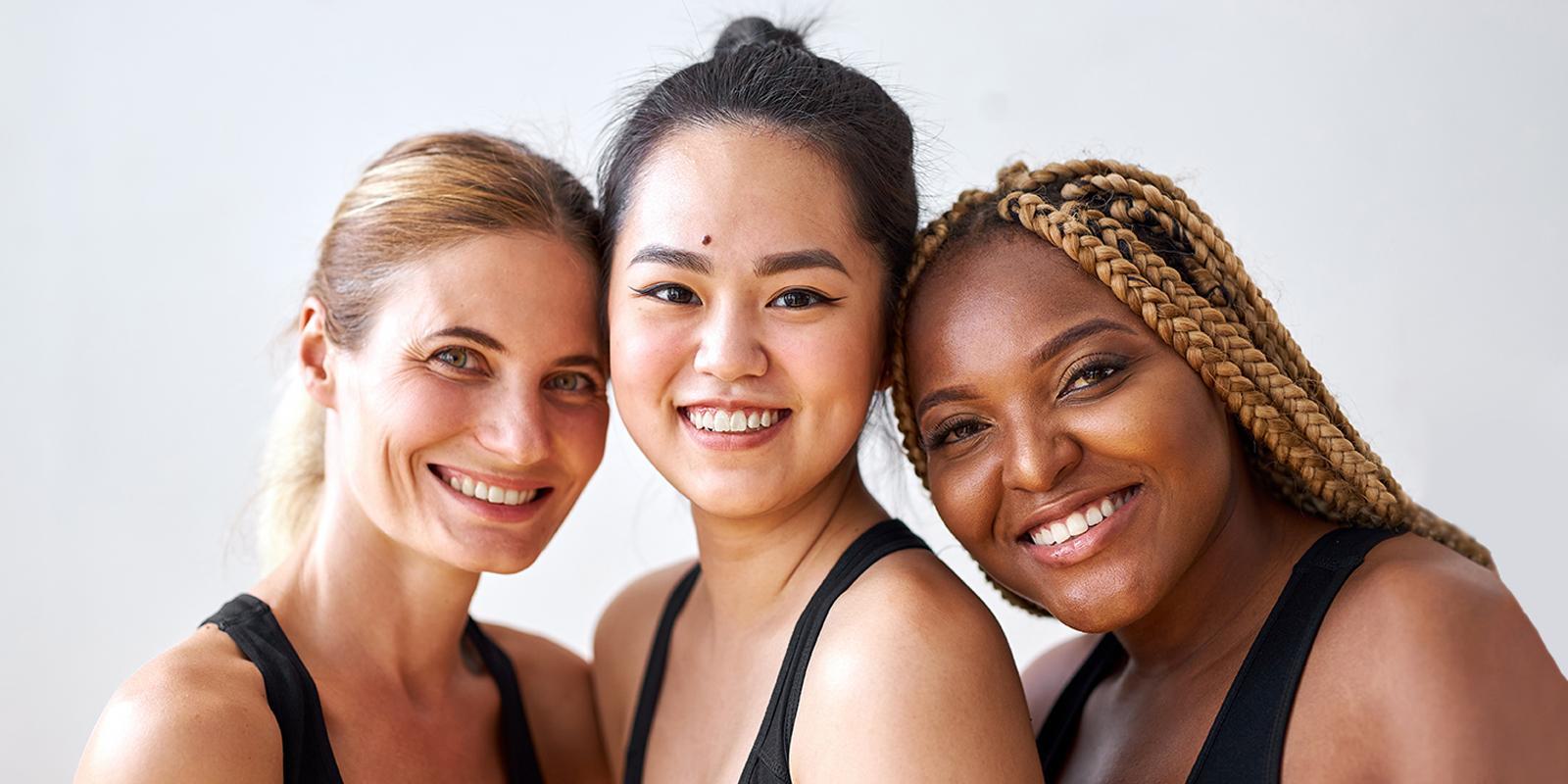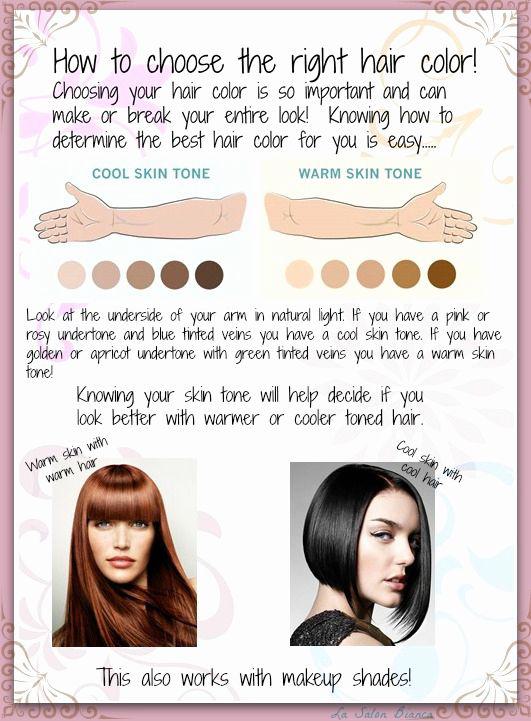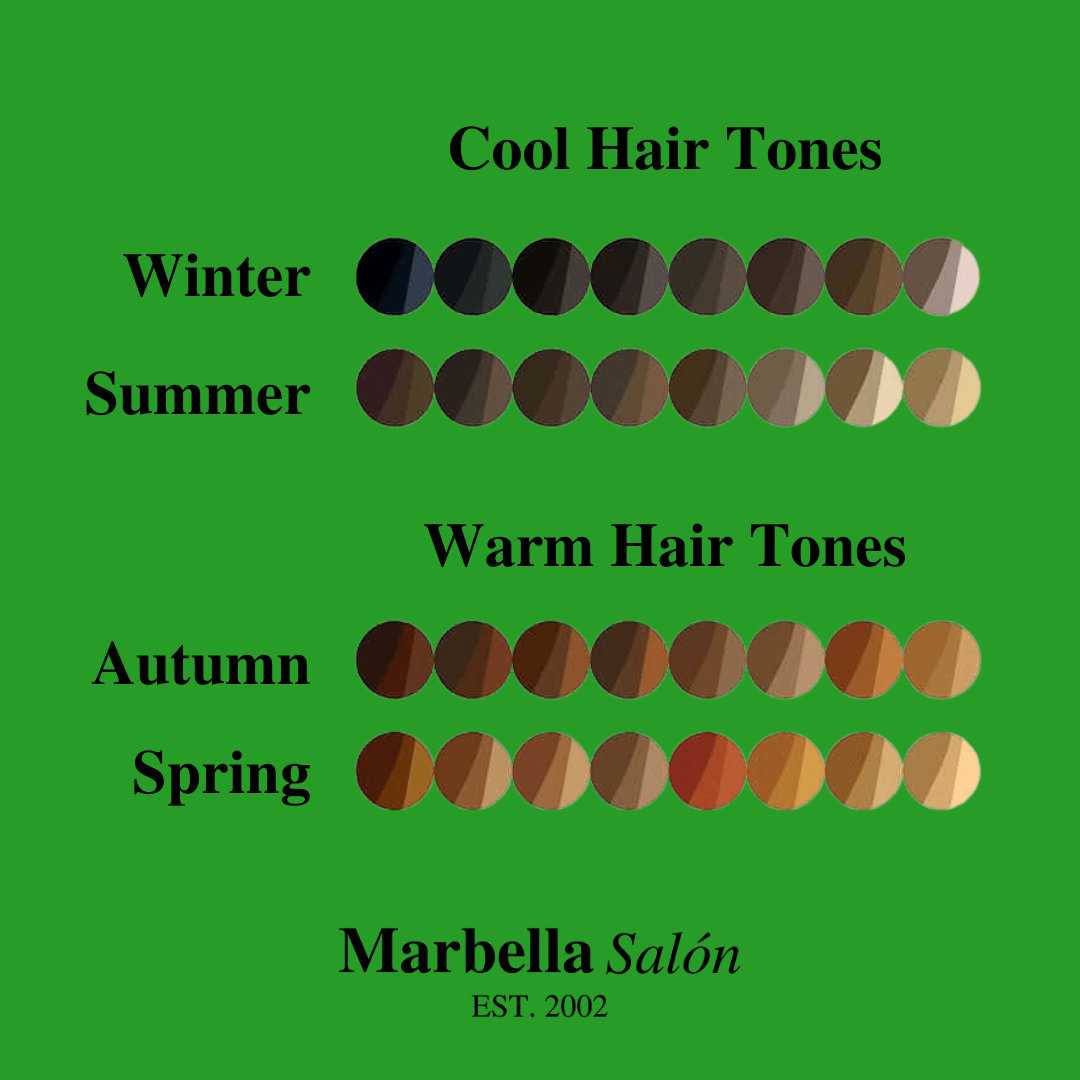Hairstyles January 11, 2024
Your Perfect Hair Color Match: A Guide to Choosing the Right Shade for Your Skin Tone

To find your skin's undertones, examine your veins in natural light. If they appear greenish, you have warm undertones; if they look blue or purple, you possess cool undertones. For those with neutral undertones, the color of your veins is difficult to discern.
Choosing a Hair Color Based on Your Undertones
If you have warm undertones, consider hair colors that complement and enhance this feature. Opt for shades of gold, copper, caramel, chestnut, or rich browns with golden highlights. Avoid cool-based tones like ash blonde or silver as they may clash with your skin's natural warmth.

Cool Undertones
For those with cool undertones, hair colors that contain a hint of ash, beige, or silvery highlights will best suit you. Go for shades like platinum blonde, ash brown, silver-white, or cool brunette tones. Steer clear from warm-based hues as they may appear unnatural on your skin tone.
If you have neutral undertones, the good news is that you can experiment with a wider range of hair colors! Feel free to choose shades from both warm and cool spectrums, such as golden blonde, honey brown, or even mahogany. You can also play around with highlights or balayage techniques for added dimension.
Factors Beyond Undertones
While considering your undertones is crucial in choosing the right hair color, other factors should not be overlooked. Assessing your personal style and lifestyle preferences can help you decide on a suitable shade that reflects your personality and complements your overall appearance.

Tips for Maintaining Your Hair Color
To prolong the life of your new hair color, follow these tips: Use sulfate-free shampoos and conditioners specifically designed for colored hair; avoid excessive heat styling, as it can fade your color faster; protect your hair from sun damage by using a UV-protectant spray or wearing a hat when spending time outdoors.
Consulting a Professional
If you're still unsure about which shade to choose, consider consulting with a professional colorist who can analyze your undertones and suggest the perfect hair color for you. They will also provide valuable advice on how to maintain and enhance your new look. In conclusion, choosing the right hair color begins by understanding your skin's undertone and using it as a guide when selecting shades that complement your natural features.

Considering factors beyond undertones, such as personal style and lifestyle preferences, will further help you find the perfect hue for your individuality. Always remember to maintain your new look with proper care and consider consulting professionals if needed.
What is the difference between warm and cool undertones?
Warm undertones are characterized by a yellow or golden hue in your skin, while cool undertones have a blue or pink undertone. To determine which category you fall into, examine your veins' color when exposed to natural light - greenish for warm and bluish/purplish for cool.
Can I change my hair color if I don't know my skin tone?
Absolutely! You can experiment with different shades, but it is essential to consider your personal style and preferences when choosing a new hair color. If you are unsure about the right shade for you, consulting a professional colorist can be beneficial in making an informed decision. H2: How often should I dye my hair? Para 1: The frequency of hair dyeing depends on your personal preference and hair health. It is generally recommended to wait at least six weeks between salon visits for a root touch-up, but you can always adjust this interval based on your needs and budget. Remember that overprocessing or excessive color treatments may damage your hair, so be mindful of the products used and proper care techniques.
Can I go lighter without damaging my hair?
Going lighter requires a more delicate approach to avoid hair damage. It is essential to consult with a professional colorist who can assess your hair's health, recommend appropriate treatments or products, and suggest the best method for achieving your desired shade while preserving your locks.
How do I maintain my new hair color?
To prolong the life of your new hair color, use sulfate-free shampoos and conditioners specifically designed for colored hair, avoid excessive heat styling, protect your hair from sun damage with UV-protectant sprays or hats, and schedule regular touch-ups at a salon. In conclusion, choosing the right hair color is an exciting journey that reflects your personality and complements your natural features. Embrace this process by understanding your undertones, considering other factors like personal style, and maintaining proper care for your new look.
Latest article
- Antoine de Paris: The Pioneer of Modern Hairstyling
- Kristin Ess Unveiled: Your Ultimate Guide to Luxurious Hair Care and Styling Products
- The Psychology of Hair: How a New 'Do Can Lift Your Mood
- Who is Emily Jendrisak?
- Fans in Revolt: Madonna's Tardiness Sparks Outrage and Debate!